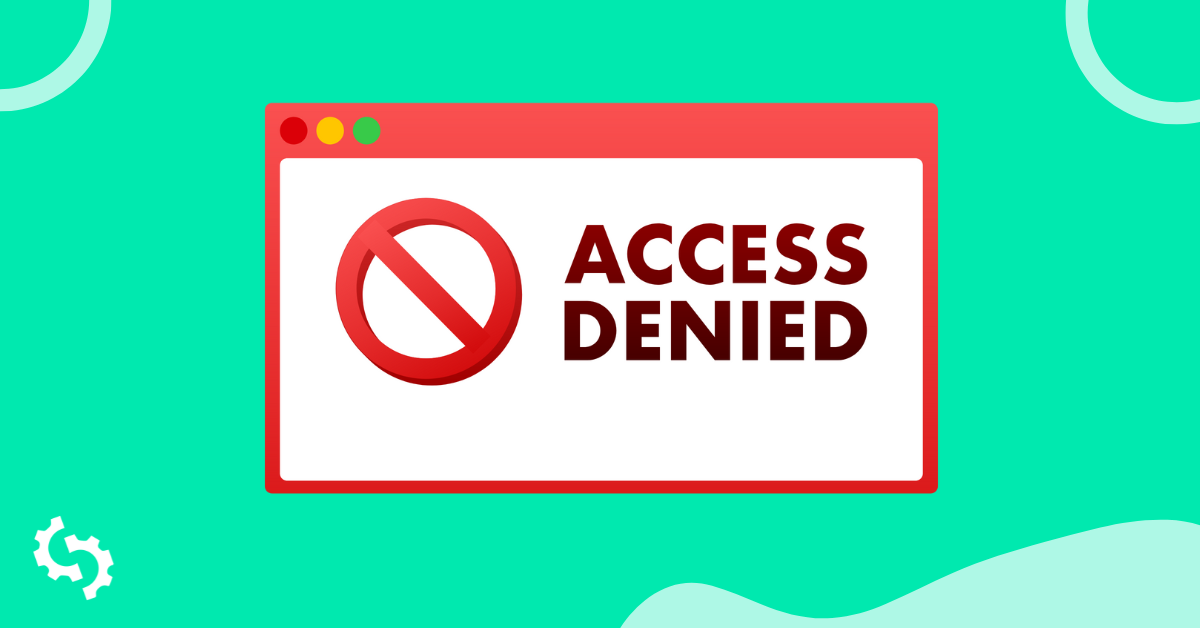
In the world of backlinks, context is king.
Contextual backlinks are arguably the most powerful type of backlink, but why?
We’re all used to hearing that content is king.

Every year, we see articles titled “Is Content Still King in SEO?”
Importance of Contextual Backlinks
The reason content still matters so much when it comes to SEO is because without content websites are just technical skeletons or "wireframes." Content makes up the muscles of the site, and strength is determined by content quality.
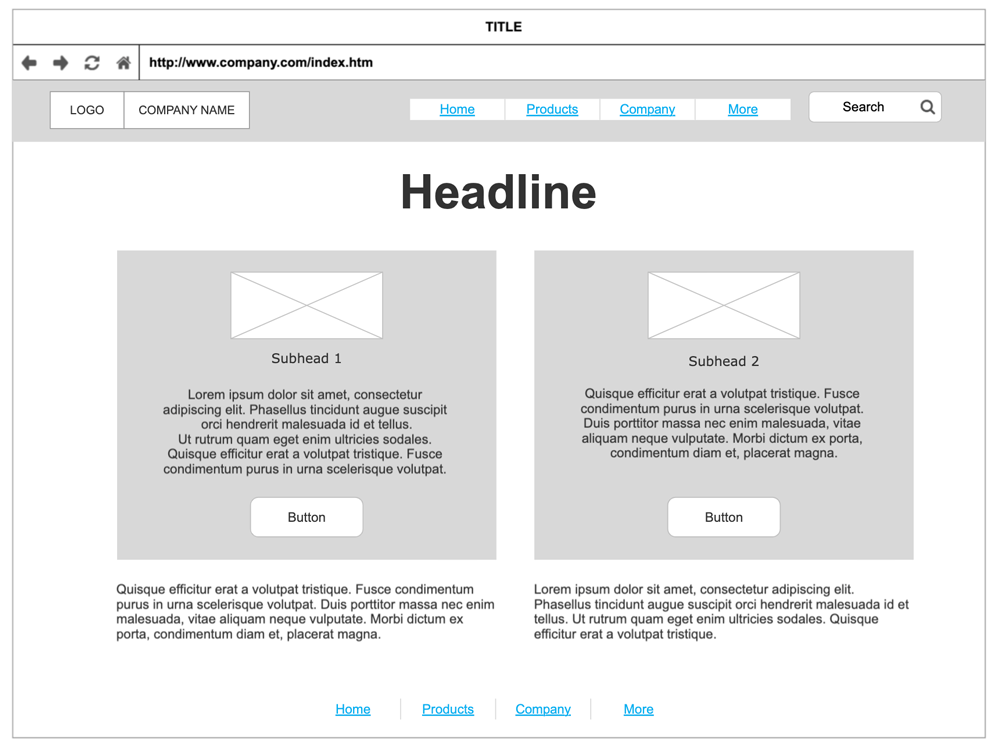
Because content is, and will continue to be, so important for SEO, it’s not surprising that the most powerful backlinks are embedded within content. Contextual backlinks are so powerful because they wouldn’t be in the content if they didn’t strengthen the content.
The content gives the backlink a framework, increasing its authority and providing value for the readers.
Rather than having a backlink listed on a directory page or hiding in the footer of a site, contextual backlinks are located directly within the content—in the spotlight, center stage. Contextual backlinks are the A-listers of backlinks.
Here are three steps to getting these prized backlinks.
1. Find Sites for Contextual Backlinks
Just like content, the best contextual backlinks are natural and informative—not forced or over-optimized. Thus, to get natural-looking backlinks, you’ll need to find the sites where a backlink to you would be natural.
Looking at what backlinks you and your competition are already receiving is a good place to start. This’ll help you find sites you could get contextual backlinks from and the topics they’re interested in.
Backlink Research
In your SEOptimer dashboard, go to the “Backlink Research” tab to see what backlinks you’re getting, where they’re coming from and what pages are being backlinked.
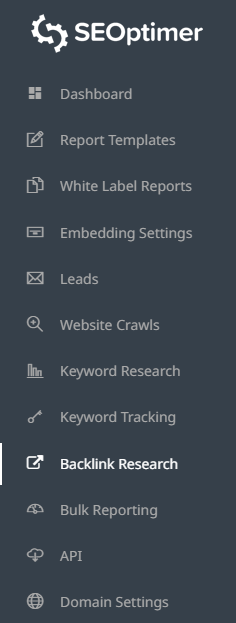
You can sort by date to see more recent backlinks, and sort by Domain Strength to find out your highest authority backlinks.
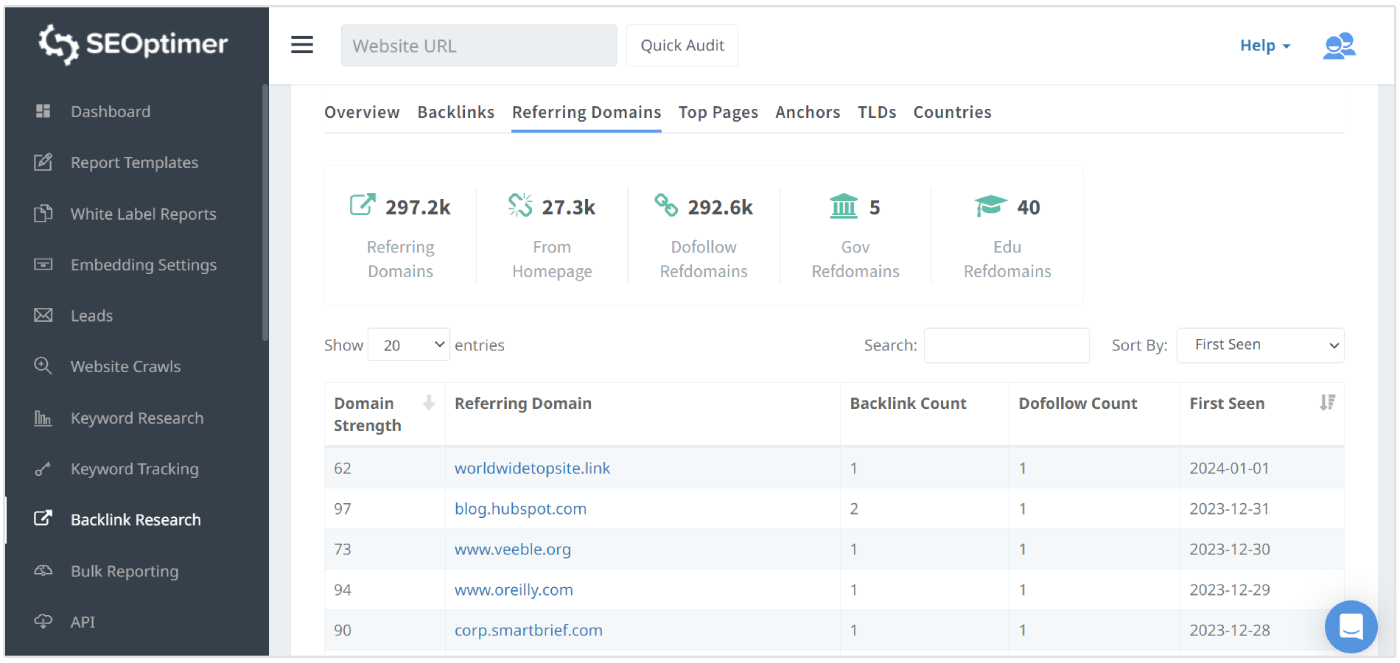
Export this list and keep the data on hand, which can be helpful for the next step.
For now, copy-paste the sites that are linking to you on a separate spreadsheet tab to start creating your list of sites that potentially could give you contextual backlinks (if they haven’t already).
Highlight them and create a color key so that you know that these sites on the list are already linking to you in some way.
Make sure to copy-paste important backlink metrics such as Domain Strength and Page Strength since not all backlinks are created equal.
Besides your own backlinks, you can also look at your competitors’ backlinks. You can do this by just adding your competitor’s URL to the Backlink Research tab.
Once there, you’ll be able to see who’s linking to your competition, with what anchor text and what content.
Export this data into another tab on your spreadsheet as well. Add all of the sites that your competitors are getting backlinks from to your list of potential sites to get contextual backlinks from, along with corresponding Domain Strength and Page Strength data.
Highlight them a separate color and add to your color key so that you can tell later which sites are linking to your competition.
Use Google
Once you’ve established what sites you and your competitors are already getting backlinks from, it’s time to set your sights on others.
Now’s a good time to add potential sites that you already have in mind from being in your industry niche.
To find more potential sites to give you contextual backlinks, use a Google search to find sites in your industry niche:
- Find “top” and “best” lists your site could be on
- Find blogs it would make sense for you to guest post on
- Find industry sites and experts in your niche
- Get a pulse on what’s important in your industry niche
Use Social Media
Like Google, social media platforms are their own search engines.
You can take advantage of this to find relevant, popular sites that could potentially give you contextual backlinks by:
- Searching for hashtags in your industry and industry niche
- Looking at popular pages, posts and groups in your industry
- Looking at engagement rates on industry topics
By now, you should have a decent list of sites that could reasonably give you contextual backlinks.
Organize your list by highest-authority to lowest-authority sites. In general, you’ll want to try to get sites to give you contextual backlinks that have higher Domain Strength and Page Strength than you do.
2. Create or Identify Context-Worthy Content
Once you have a decent list of sites that could reasonably give you quality contextual backlinks, it’s time to turn the tables and put yourself in their shoes.
Your goal is to make it as easy as possible for these sites to give you a contextual link.
The most important step to doing that happens way before you ever reach out to them. You need to have quality content and linkable assets that they’ll want to link to. The more irresistible, the better.
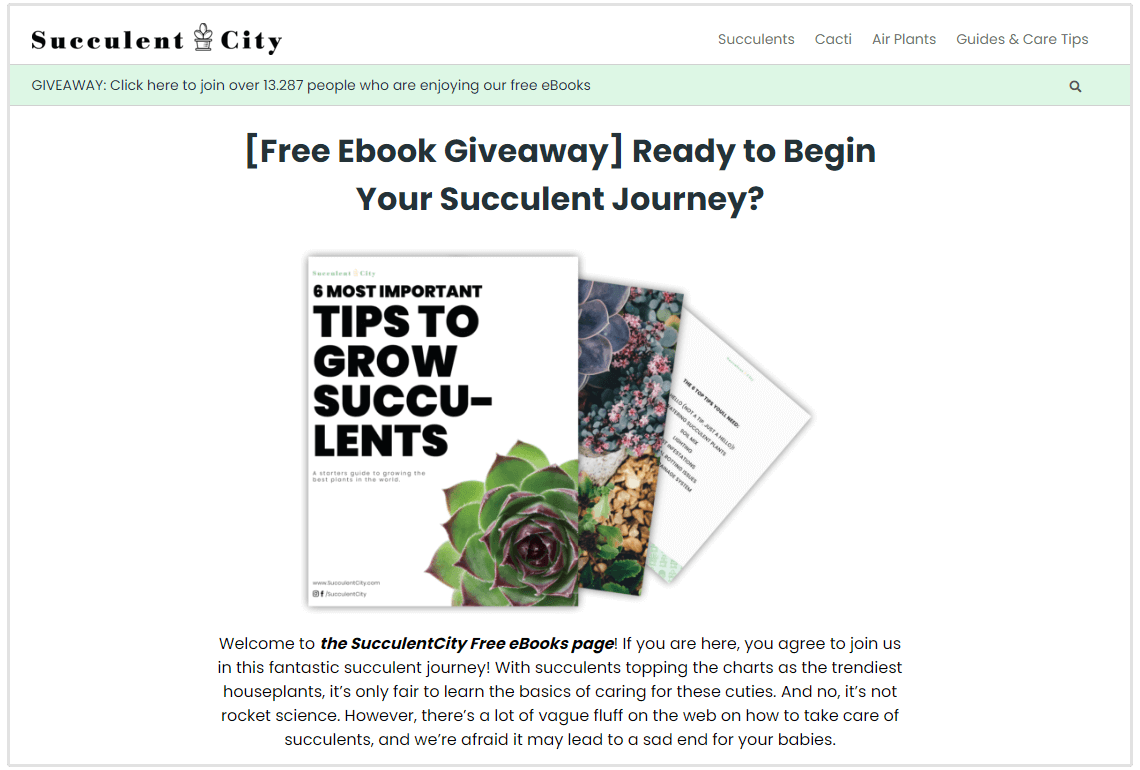
That means you need to do the following:
- Spruce up your content to make it killer, contextual-backlink-worthy content
- Match killer content you have with sites you’ve found
- Create killer content with the sites you’ve found in mind
While you’re analyzing and tinkering with your site to impress potential backlink suitors, remember: Try to look at your content as if you were the sites you’re trying to get contextual backlinks from.
What they’re going to be looking for most are:
- Content quality
- Contextual fit
- Authority
Analyze Current Backlinks to See What’s Working for You
To see what content is already doing well for you, go to your spreadsheet and see which pages are being linked to, especially the ones that are linked to multiple times.
Take a look at the pages linking to you, and see if they’re contextual backlinks. Ask yourself, “Why are they linking to this piece of content on my site?” for each backlink.
If the content quality and authority is there, and it fits with the site’s goals, it’s likely you’ll be able to pass on the same benefits to other sites in exchange for a backlink.
Do the same for your competitors’ backlinks.
- What content do they have that’s getting lots of backlinks?
- Do you have similar content?
- Could you make it higher quality, add more context, or both?
See what’s working for them to see how you can use that info to your advantage.
Keyword Research to Find Your Most Authoritative Content
Next, take a look at your current keyword rankings in your SEOptimer Keyword Tracking account to see which pages you have that are ranking high, and for which keywords.
Go to your dashboard, and select the “Keyword Tracking” tab.
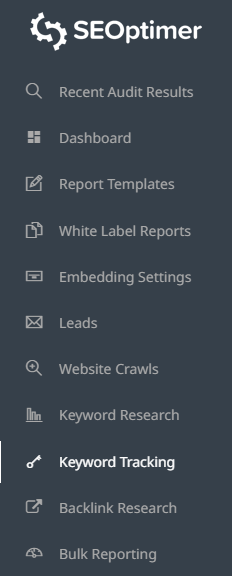
From there, scroll down to see what keywords you’re currently ranking for and which pages are ranking for each keyword. This should give you an idea of some topics that you’re already talking about that you’re an authority for.
You can match content you’re ranking highly for (content quality and authority) with sites on your list you created in Step One (contextual fit).
If you’re ranking high with some of your pages, these pages are doing their job. Record the keywords and the content pages that are ranking a bit lower—but still ranking—that have a chance to rise.
Similarly, you can view by “Total Search Volume” to see which keywords you’re ranking for that get a lot of searches.
![]()
Find pages that are ranking alright, but could be ranking better, and add those to your list of pages to spruce up. Look at the pages that are ranking higher than yours for those keywords for clues on how to improve your pages.
If your site’s main pages haven’t been updated in a while, it’s not a bad idea to improve those as well.
The sites you want contextual backlinks from will likely take a look around before just handing you a backlink. The lower your site’s Domain Authority, the more important it is that your site looks and feels legit—whatever that means for your specific industry and niche.
Types of Contextual Backlinks to Get
Once you’ve identified what’s working well for you on your site and improved pages that could use some work, you’ll need to create some fantastic new content that the sites on your list from Step One will want to give contextual links to.
There are three main types of contextual backlinks you can aim for receiving. The type of content you should create depends on which one(s) you want:
- Brand contextual backlinks
- Hot topic contextual backlinks
- Interview contextual backlinks
Brand Contextual Backlinks
Brand contextual backlinks are backlinks that exist with the purpose of spotlighting your business (or brand) specifically. It’s likely your brand name will be the anchor text for this type of contextual backlink.
For instance, on this list of best Thai restaurants in Portland, Oregon, every listed restaurant featured gets a contextual backlink:
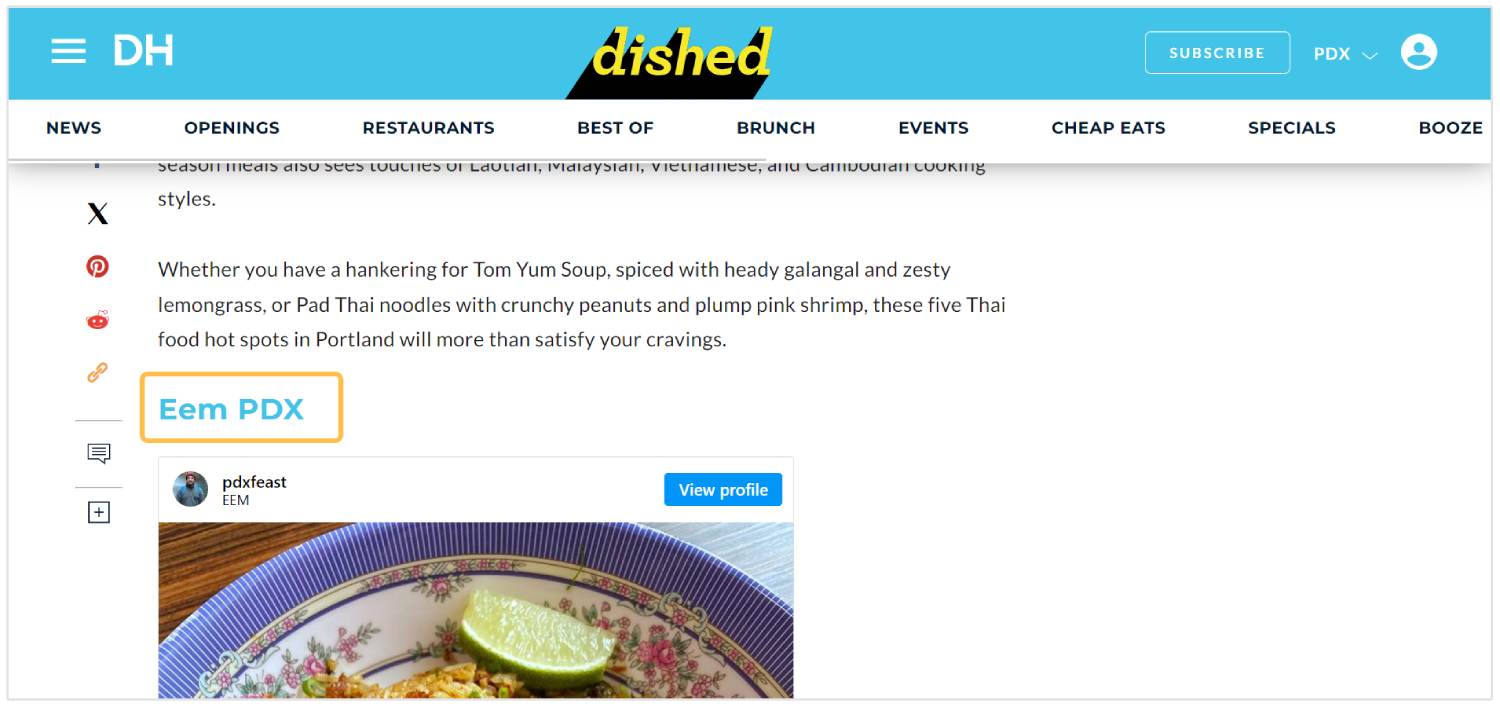
The types of content on other sites that would give you brand contextual backlinks include “top” or “best” lists and sponsorships.
To get brand contextual backlinks, it’s important that your site makes your brand look good. For the specific page you’re going to aim for them to link to, make sure you give contextual information about your business on that page. This’ll likely be your homepage, but could also be an About page or an “About Us” story article or blog post.
This requires extra work, but you could also create or participate in a local event or sponsorship, and create content around that for backlinks.
In particular, Google loves .edu domains, so getting a contextual backlink from a school thanks to your participation, donation or other type of support would do amazing things for your SEO.
Hot Topic Contextual Backlinks
Hot topic contextual backlinks are backlinks that give readers a place to go for more information, background or fact-checking on an area important to your industry niche.
The types of content on other sites that would give you hot topic contextual backlinks are articles and blog posts.
To get hot topic contextual backlinks, not only does your site need to be spiffy, but you’ll have to have high-quality content that your prospective sites want to link to. Types of content that are worthy of hot topic contextual backlinks include:
- Definitive articles or guides
- Infographics
- Videos
- Case studies
Remember, the content has to do more than just “fit,” but must also be quality and authoritative relative to other, similar content in your niche.
Search Google for some of the keywords your content might rank for and look at who’s ranking in the first three to five positions.
Then ask yourself: How can I make content that’s better than theirs? What are they not including that I could include? Why would my prospective sites give my page a contextual backlink over these pages?
If you do make a better resource, you can use these pages that are out-ranking you to make your content better, and potentially steal the backlinks those pages are getting.
Google favors content that holistically covers a topic. That’s because users do, too.
If you see where you can add relevant information to your content that your competitor is missing out on, you can create superior content. Be mindful to not get tangential or too off-topic, though.
Interview Contextual Backlinks
Interview contextual backlinks can work both ways. If you get interviewed, the site your interview is on will no doubt give you a contextual backlink.
If you’re interviewing someone else on your site, chances are they’ll link back to that content with a contextual backlink to tell others they know to check out their interview.
Here’s an interview with the founder of a company, DollarSprout, on another site. The first time DollarSprout is mentioned, it’s linked with a contextual backlink:
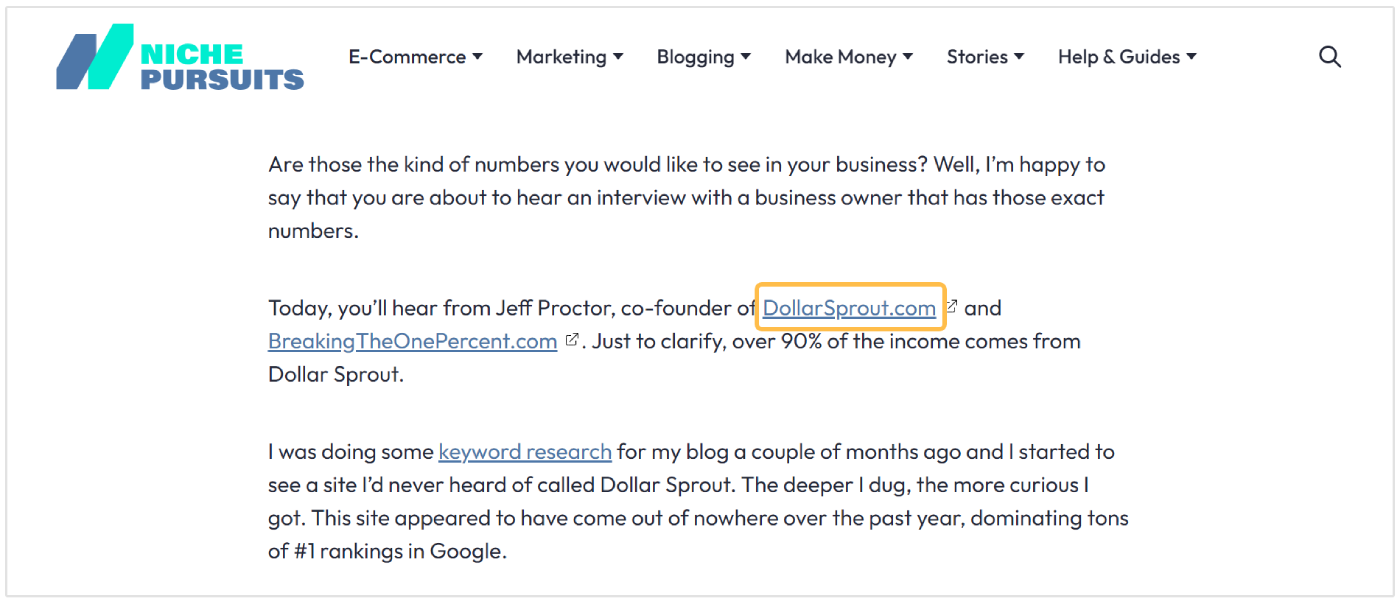
Types of content for interview contextual backlinks include:
- Guest posting
- Interview articles
- Feature stories
3. Reach Out to Earn Contextual Backlinks
Once you have sites that could reasonably link back to you contextually, and quality content that makes sense for them to link to, you’ve done all of the behind-the-scenes work.
Now it’s time to reach out and get those contextual backlinks.
Build Rapport
You don’t want to start a relationship by asking for a backlink. Because decision-makers of other businesses, organizations and sites don’t change that often, you get one solid chance with each of them to get a backlink.

Image source: Lemlist
That means you have to nurture a genuine relationship by building rapport first.
To create a relationship and build rapport with a business or organization, it’s best to engage with them on social media if they have an active presence. Find out which platforms are most important for them, and meet them there. You can like, share and comment on their content, upping the ante slowly over time.
Building a relationship can’t be rushed, so don’t jump on their Facebook, Twitter or LinkedIn and start liking every post of theirs you can find.
I suggest starting it slow with liking posts here and there, sharing their content that makes sense for your audience (make sure you mention them, so that they’ll get a notification that you’ve shared their content!), and commenting sparingly, and only when you have something to say.
Be careful to not overdo it, or you’ll dilute the social power of your own social media actions.
Keys to a Successful Outreach Email
When writing your email to try to get contextual backlinks, there’s three key things to keep in mind.
Focus on the Benefit
When you get to the point where you feel you’ve engaged well with your prospective backlinker, it’s time to ask for the backlink.
However, that doesn’t mean you have to beg for it. Really, you shouldn’t beg for it. Why?
Begging implies that it’s benefiting you, and not benefiting them. And if that’s how it is, then you’re doing it wrong.
Getting backlinks isn’t about you. It’s about them. What do they get by backlinking to you?
Since you’re the one asking for the backlink, it’s your job to make it as easy as possible for them to say yes. Here’s some potential benefits they could get by backlinking to you or your content:
- It’s a useful resource for their audience
- Your resource is better than what they’re already linking to
- Your resource puts their advice, service or product into practice
Be Succinct
Make sure your email is succinct and to the point, like this section. That doesn’t mean it has to be short—it just needs to be efficient.
Make sure your email is also easy to skim. A wall of text will put your email on the back burner.
Make it Personal
Do your research and personalize your email to them. Hopefully your initial research in identifying them and building rapport makes this fairly intuitive and natural.
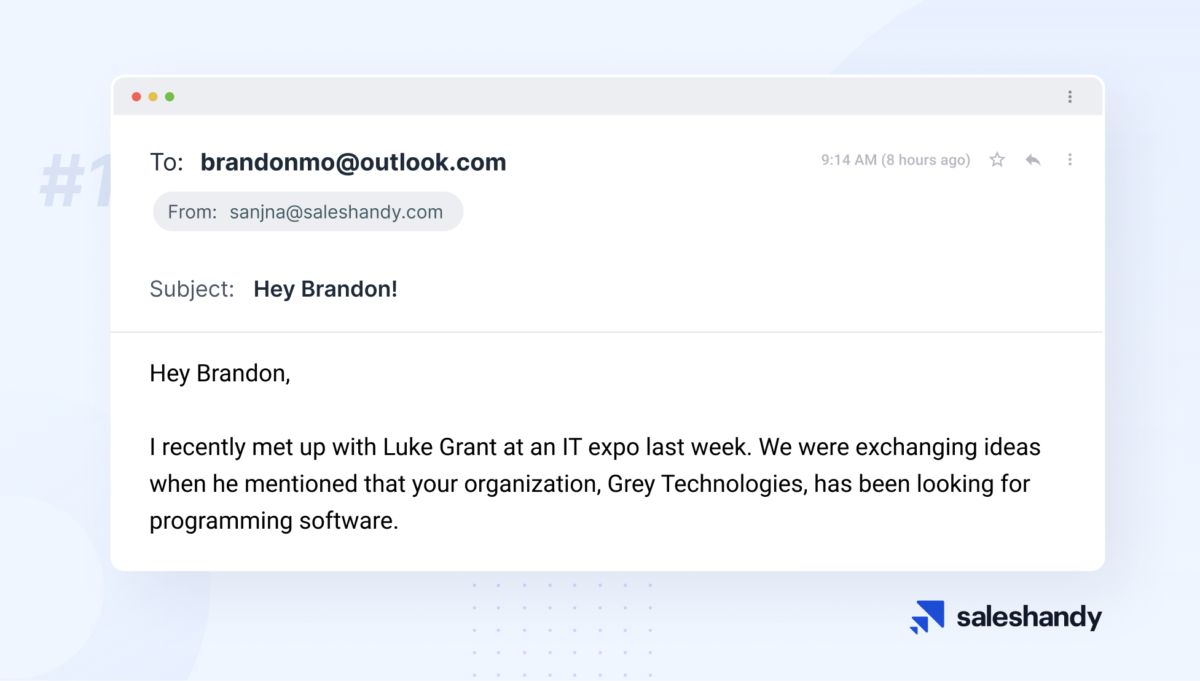
Putting it All Together
Most effective backlink pitches will have a similar format:
- Salutation (Hello—it’s me)
- Relationship context (Who are you?)
- The pitch (What do you want?)
- The benefit (Why do I care?)
- Sign off (Your name and info)
If you’ve done everything listed in this article so far, this should be a piece of cake:
- 1 and 5 you already do in most emails you write,
- 2 is taken care of by the rapport you’ve built,
- 3 by the quality content you’ve created, and
- 4 because you wouldn’t be reaching out to them unless it made sense for them to give you a contextual backlink.
There’s lots of great backlink outreach email templates out there that can help you get started. The more specific and personalized you get, the better. Remember—you’re trying to get a contextual backlink from them, not just any old backlink.
To link to you directly in their content—the most prized part of their site—requires them to trust you. This is because when they link to you, they’re signalling to their trusted readers that they’re vouching for you.
Make sure your email covers all of the above steps, and you’ll be set.
A/B Test Your Backlink Pitch
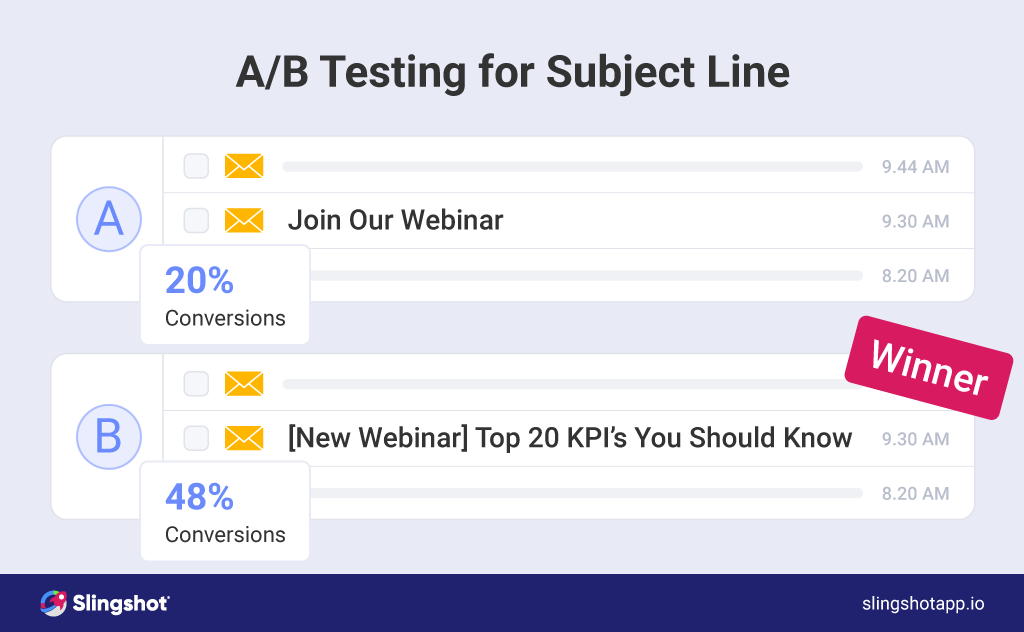
Image source: Slingshot
Keep track of the pitches you send and the response rate you get. Try adjusting your headline, flow or the content of the pitch. It’s best to change one thing at a time so that you can judge if that one tweak made a difference or not.
Alternatively, you can start out with two or three different pitches and keep track of your success rate for each type of pitch.
Getting contextual backlinks isn’t easy, but that’s what makes them worth it.
You’re not just building contextual backlinks—you’re creating useful resources and information for your industry.
Besides the SEO power of contextual backlinks, you’ll be an active and helpful partner in your industry community, and relevant people will take notice.
Because of the useful nature of contextual backlinks, when you create them, you’re always giving back, too.



